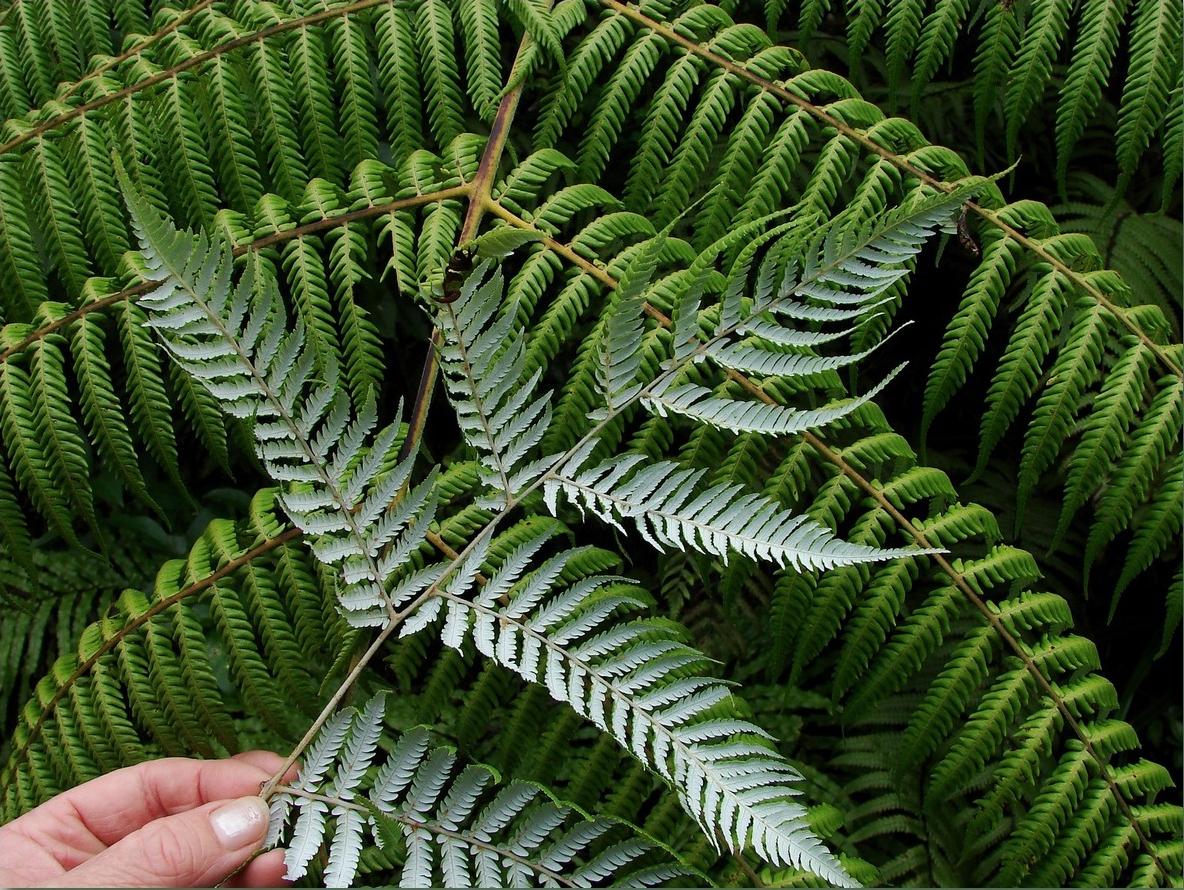Maoris are mostly fat, miserable complaining half breed spongers who resent everything the Europeans have done for them, including stopping them killing each other in tribal conflicts. Handouts and booze are all they are interested in these days, and shagging of course, enough to have bred themselves out, or were they all raped by whitey? Once they were 'warriors', now they are mostly pathetic whiners.
here they are celebrating the stone age
Results 26 to 50 of 317
-
21-11-2015, 11:59 AM #26Banned





















- Join Date
- Mar 2015
- Last Online
- 19-01-2019 @ 03:32 PM
- Posts
- 2,854
Last edited by Dragonfly94; 21-11-2015 at 12:12 PM.
-
21-11-2015, 12:43 PM #27I Amn't In Jail



- Join Date
- Jul 2006
- Last Online
- 15-04-2025 @ 06:53 PM
- Location
- Tezza's Balcony
- Posts
- 7,201
Given the opportunity I would so vote for this. Originally Posted by Looper
Originally Posted by Looper
I can see it kick-starting massive world-wide campaigns to get original and not so serious.
Australia in envy would change theirs to a boxing kangaroo. Ireland would chuck a pint of Guinness on their flag. Columbia would show a pile of cocaine and France may as well stick a baguette on theirs.
Only exception would be 'MERICA who just wouldn't get the joke.Some people think it don't, but it be.
-
21-11-2015, 01:27 PM #28
-
21-11-2015, 02:01 PM #29Some of you Kiwis lack any sense of reality.
 Originally Posted by Plan B
Originally Posted by Plan B
-
21-11-2015, 03:58 PM #30
-
22-11-2015, 03:16 AM #31
I will vote for no change to the flag.
I want the current one
-
22-11-2015, 04:58 AM #32
^ Your choice.
Can't see how anybody would want to keep the Union Jack though.
-
22-11-2015, 12:51 PM #33
-
24-11-2015, 12:52 PM #34
I'd go for the 4th one. Keep it simple.
-
25-11-2015, 12:58 AM #35
No change ?
Poll: Most voters want to keep current flag - Politics - NZ Herald NewsTwo thirds of people want to keep the current flag according to a poll taken just before the first flag referendum voting papers arrived in letterboxes across the country.
In the latest 3News Reid Research Poll, 65 per cent said they wanted to keep the current flag, while 28 per cent wanted to change - similar figures to two months ago indicating the shortlisted flags have done little to budge opinion.
The poll was taken from November 9 - 17, ending just before voting papers for people to rank their preferred alternative designs started arriving in letterboxes last Friday.
-
25-11-2015, 02:58 PM #36Thailand Expat































- Join Date
- Sep 2014
- Last Online
- Yesterday @ 03:49 PM
- Posts
- 19,495
Most of those designs are redolent of something likely to be favoured by coon states or advertisements for some weird little niche macrobiotic restaurant chain selling vegan shite.
The black/ white motif strikes me as very ISIL and may be in vogue.
-
25-11-2015, 03:02 PM #37
genticles flag design didn't make the final cut:

-
28-11-2015, 10:19 PM #38Thailand Expat
































- Join Date
- Mar 2007
- Last Online
- 21-10-2023 @ 08:08 AM
- Location
- Way, Way South of the border now - thank God!
- Posts
- 32,680
As I have a stake in the land of the long gray cloud, I agree. Originally Posted by Joe45
Originally Posted by Joe45
Bugger it, if Oz keeps the union jack so should the kiwis - it's about the only thing the Brits have to be happy about these days
-
28-11-2015, 10:48 PM #39Thailand Expat


- Join Date
- Jun 2014
- Last Online
- @
- Posts
- 18,022
-
28-11-2015, 10:55 PM #40Thailand Expat
































- Join Date
- Mar 2007
- Last Online
- 21-10-2023 @ 08:08 AM
- Location
- Way, Way South of the border now - thank God!
- Posts
- 32,680
Yup, still in Bumi-country, having a long week-end on Langkawi island.
Soon, mate, and looking forward to it. It is simply time to lead a 'real' life again, especially for the kids - enough of International schools and the like.
It is simply time to lead a 'real' life again, especially for the kids - enough of International schools and the like.
-
29-11-2015, 03:21 AM #41
-
29-11-2015, 03:37 AM #42
Land of the long White smoke, cannibus flag.
-
11-12-2015, 03:55 PM #43

This is the alternative flag design which will go head-to-head with New Zealand's current flag in the referendum on change, in March 2016.
The preliminary result of the first flag referendum has just been announced as Silver Fern (Black, White and Blue).
This is the alternative flag design which will go head-to-head with New Zealand's current flag in the referendum on change, in March 2016.
LIVE: New Zealand Flag referendum result | Stuff.co.nz
-
12-12-2015, 09:34 AM #44Thailand Expat































- Join Date
- Sep 2014
- Last Online
- Yesterday @ 03:49 PM
- Posts
- 19,495
Gosh, are they really going to saddle themselves with that?
Those stars are just so, well, North Korean and what's with this obsession with a bloody fern as a national motif? The English rose, Welsh leek and Scottish thistle have secured an iconic, cultural significance but they don't have to represent statehood which is altogether something different and should have more gravitas.
Bloody awful design and so tasteless with far too much going on. Certainly looks like the product of a committee utterly ignorant of the concept, less is more.
-
12-12-2015, 09:49 AM #45
^Those 'North Korean' stars - identical to the ones on current flag, red with white border
-
12-12-2015, 10:05 AM #46
Look like a winner.
-
12-12-2015, 10:15 AM #47Thailand Expat































- Join Date
- Sep 2014
- Last Online
- @
- Posts
- 6,270
I agree with SA. It's a sport's logo, not a flag.
If you don't think too deeply (as we farang tend to over-think shit) it's ok (ish)
at first glance like...
But when one thinks about it, it's far too common and unsophisticated IMHO.
-
12-12-2015, 10:21 AM #48
^ is the current one, then, sophisticated?
Four stars and another country's flag stuck in the corner, who was the brains trust for that masterpiece?
Expect there will be no change. Pity, i'd vote for anything without the union jack
-
12-12-2015, 10:43 AM #49
-
12-12-2015, 11:53 AM #50
Who wants sophisticated?
Just as long as that Union Jack goes I'm happy.
The Silver Fern rocks!
Māori hunters and warriors used the silver underside of the fern leaves to find their way home. When bent over, the fronds would catch the moonlight and illuminate a path through the forest.
This distinctly New Zealand symbol is considered a badge of honour by the people, products and services of our country that carry it.
It has been the symbol of New Zealand’s national rugby team since the 1880s and is now proudly worn by all our top athletes and prominently carried by many of our top companies.In culture[edit]
The earliest uses of the silver fern were adopted by the New Zealand Army during the Second Boer War. Since then, the silver fern has been used by the New Zealand Expeditionary Forces during both World Wars and all Commonwealth war graves of fallen New Zealand soldiers have the silver fern engraved on their tombstones. During the 1956 Suez Crisis, Egyptians took exception to New Zealand and Canadian peacekeepers having the Union Flag on their uniforms. Canadian troops wore the Maple Leaf whereas the New Zealand contingent wore a silver fern symbol. New Zealand peacekeepers have since used both the silver fern and kiwi symbols for different deployments to differentiate from their Australian and British counterparts.
The silver fern has long been used on dairy products, including the logo of New Zealand Natural, and was trademarked as early as 1885.
Silver fern leaves appear on the coat of arms of New Zealand.
It is a logo for many other organisations, such as (heavily stylised) the rail operator KiwiRail. The Silver Fern is also the name of a class of railcar.
Many New Zealanders get a tattoo of a Silver Fern, as a statement of being from New Zealand.[citation needed]
Some alternative flags for New Zealand, such as the silver fern flag, use the silver fern. The official proposal of the New Zealand flag referendums, 2015–16 featured the fern.
The silver fern is also used extensively within politics and printed material, such as the logo of the former New Zealand Progressive Party.
Koru or unfurling frond of Silver fern
The koru symbol is inspired by the shape of an unfurling silver fern frond. It is found extensively in Māori art, and is used in a stylised form as the logo for national airline Air New Zealand.
In short, the fern has become one of the most widely recognised symbols of New Zealand, next to the Kiwi, though it is not an official symbol.[2]
Thread Information
Users Browsing this Thread
There are currently 1 users browsing this thread. (0 members and 1 guests)




 Reply With Quote
Reply With Quote


